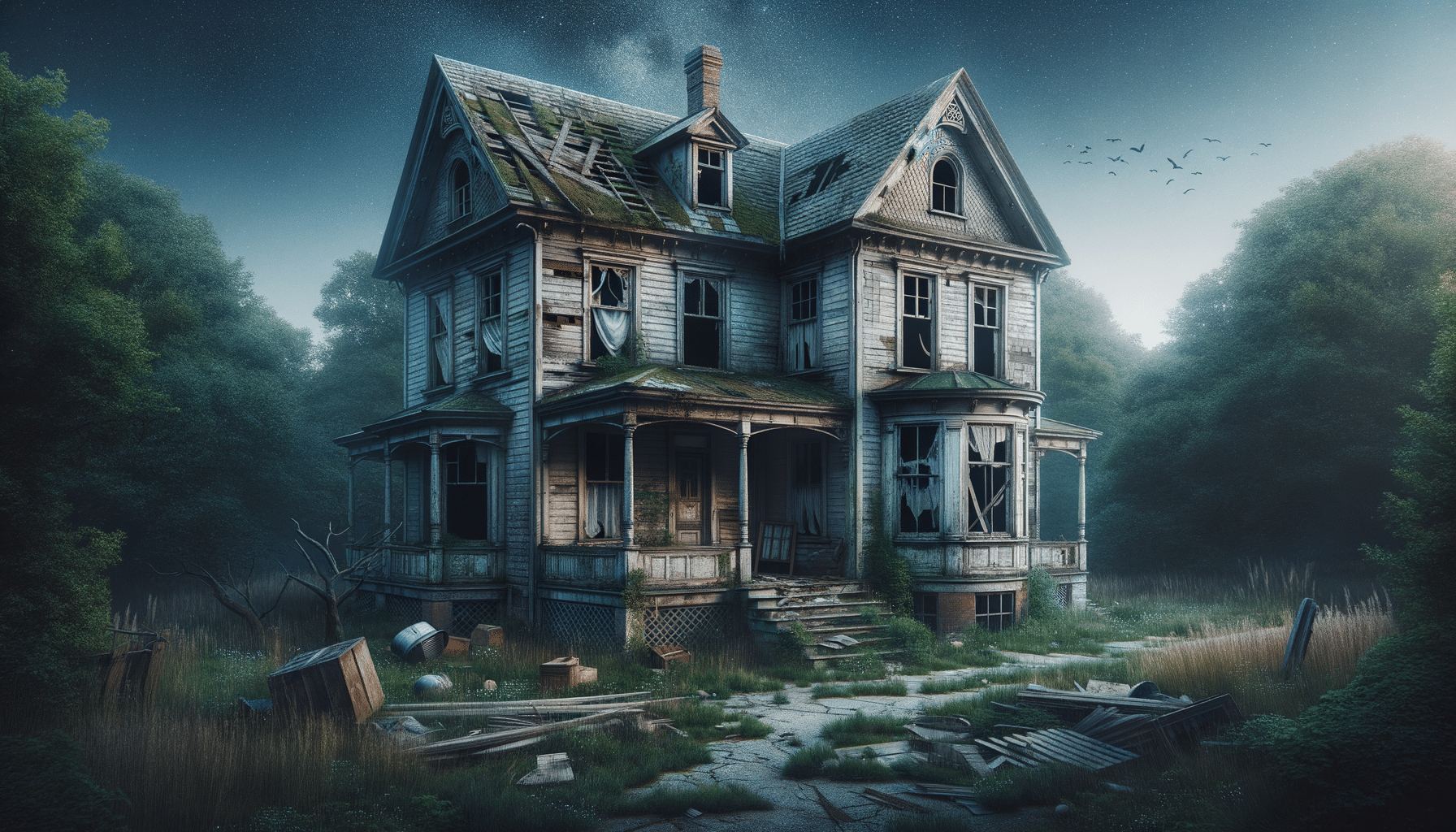
What Happens to Abandoned Houses?
The Reasons Behind Abandonment
Abandoned houses are a common sight in many parts of the world, often standing as silent witnesses to the past. There are numerous reasons why a house might become abandoned. Economic challenges are a primary factor; homeowners facing financial difficulties may find themselves unable to maintain their properties, leading to neglect. In some cases, properties are left unmanaged due to inheritance disputes, where the rightful heirs are either unknown or unable to agree on the management of the estate.
Another significant reason for abandonment is urban migration. As people move to urban centers in search of better opportunities, rural and suburban homes may be left behind. Additionally, natural disasters can render a property uninhabitable, leading to its abandonment. Each of these scenarios contributes to the growing number of abandoned houses, each with its own unique story.
The Impact on Communities
Abandoned houses can have a profound impact on the communities in which they are located. These properties often become eyesores, lowering the aesthetic appeal of neighborhoods. They can also decrease property values in the surrounding area, making it difficult for homeowners to sell their homes at a fair price. Furthermore, abandoned houses can attract criminal activity, becoming hotspots for vandalism and illegal activities.
However, there are also opportunities for communities to turn these challenges into positives. Some neighborhoods have initiated programs to rehabilitate these structures, transforming them into community centers, affordable housing, or other beneficial uses. By doing so, they not only improve the neighborhood’s appearance but also provide valuable resources to the community.
Legal and Urban Planning Considerations
In Italy, as in many other countries, the management of abandoned properties is subject to local regulations. These regulations can provide pathways for the recovery or repurposing of such properties. Urban planning plays a crucial role in determining how these structures can be integrated into the community once more.
Legal frameworks often involve complex processes, including determining ownership, settling disputes, and ensuring compliance with zoning laws. In some cases, local governments may take ownership of abandoned properties and offer them at reduced prices to individuals or organizations willing to rehabilitate them. This can be a lengthy process but is essential for ensuring that abandoned houses are safely and effectively reintegrated into the community.
Creative Reuse of Abandoned Houses
One of the most exciting aspects of dealing with abandoned houses is the potential for creative reuse. These structures offer a blank canvas for architects, designers, and developers to innovate. Some have transformed these spaces into art galleries, boutique hotels, or unique residential spaces that retain historical elements while incorporating modern amenities.
In some rural areas, abandoned houses have been repurposed into agricultural hubs or community gardens, contributing to local food security and sustainability. These creative solutions not only preserve the history and character of the buildings but also provide new economic opportunities for the area.
The Future of Abandoned Houses
Looking ahead, the future of abandoned houses will likely involve a mix of challenges and opportunities. As urban areas continue to expand, the demand for housing may lead to increased efforts to rehabilitate and repurpose abandoned properties. Technological advancements, such as 3D printing and sustainable building materials, could play a role in making these efforts more efficient and cost-effective.
Moreover, as awareness grows about the potential of these properties, more communities and governments may invest in programs to address abandonment. This could lead to a new era of urban renewal, where abandoned houses are seen not as liabilities but as valuable assets with the potential to revitalize neighborhoods and improve quality of life.


